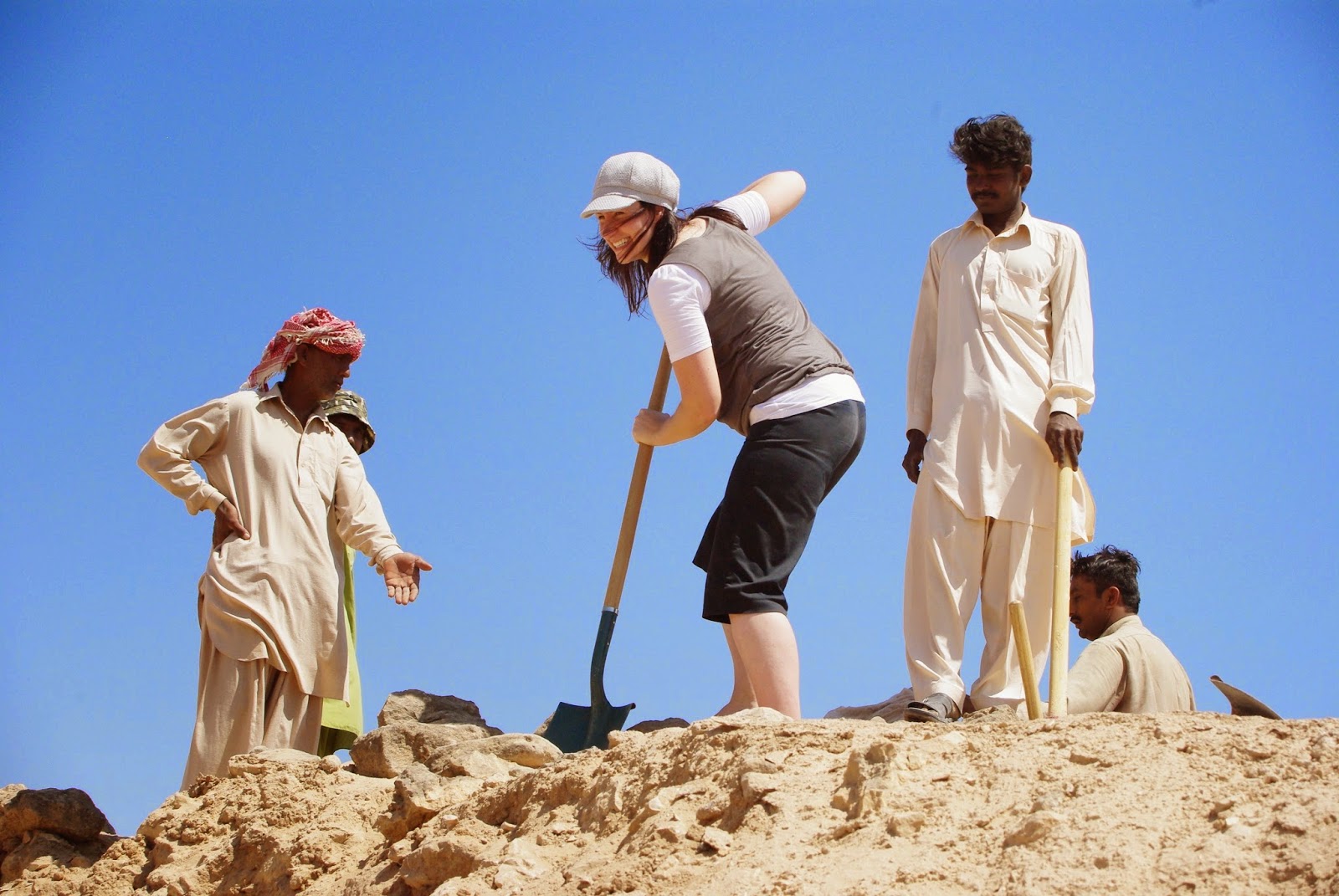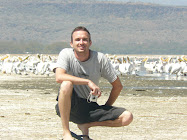
Now the main purpose of this Aston Family Reunion was to see the possible candidates for the land of Bountiful described in 1st Nephi in the Book of Mormon. Varian's parents Warren and Michaela loved to travel and were very interested in archeology and discovering this ancient site. They wanted to help give added witness to the validity and truthfulness of the Book of Mormon and be a place where Mormons and Non-Mormons alike could come and learn and see for themselves this piece of history.


For decades Warren has explored the coastal region of Yemen and Oman to test the qualifications of suspected Bountiful sites. Together they wrote the book, In the Footsteps of Lehi as a compilation of their dedicated years of research and discovery of what many scholars agree to be the most likely candidate for where Lehi and his family settled and built the ship before sailing to the Americas.



Here is a a summary from Wikipedia giving the criteria of the land of Bountiful- note how it sites Aston and Aston. :) "LDS scholars believe that the location of Bountiful can be correlated with any of several locations on Oman's southern Dhofar coast on the Arabian peninsula. Locations that have been evaluated are Wadi Hajr (Yemen), Wadi Masilah (Yemen), Dhalqut (Oman), Rakhyut (Oman), Salalah (Oman) and Wadi Sayq/Kohr Kharfot (Oman) (Aston & Aston 1994, pp. 37–43). In order to match the characteristics outlined in the Book of Mormon, Aston suggests that there are 12 different requirements that a viable candidate for Bountiful must meet (Aston & Aston 1994, pp. 28–9):
- The location must lie nearly eastward of Nahom (1 Nephi 17:1).[3]
- The coast must be accessible from the interior desert.
- Both the general area and the location when the Lehites camped must be fertile and capable of producing crops.
- It must be a coastal location (1 Nephi 17:5).
- It must be very fertile, with "much fruit and also wild honey" and small game (1 Nephi 17:5-6).
- Timber must be available with which to build a ship (1 Nephi 17:8).
- Freshwater must be available year-round.
- A mountain must be located nearby to account for Nephi's reference to going to a mountain to "pray oft" (1 Nephi 18:3).
- Cliffs overlooking the ocean must be present to account for Nephi's brother's attempt to throw him "into the depths of the sea" (1 Nephi 17:48).
- Ore and flint must be available with which to make fire and fabricate tools to build a ship" (1 Nephi 17:9)
- No resident population at the time of the Lehite's arrival.
- Wind and ocean currents capable of carrying a ship out into the ocean (1 Nephi 18:8)

So again this first stop was Khor Rori, which they still are excavating. I felt bad for these men working out in the dry hot sun all day. Even taking your break doesn't seem that appealing. Claire went to cheer these guys up and say hello.


And Felicity even gave these workers a hand.


Such a sad little tree- out there by itself in the dry dusty heat. Oh, I'm so grateful that I wasn't born in such an ugly place! And yes there were beautiful things about it, but I am not a desert person. I need trees and flowers and life! As much as it breaks my heart to not be currently living in the states, it's trips like these that make me realize it could be a lot worse.


It was a very fascinating place. Another Wikipedia excerpt: "Khor Rorī (Arabic خور روري) is an Early South Arabian archaeological site near Salalah in the Dhofar region of modern Oman. The small fortified town was founded as an outpost for the kingdom of Ḥaḑramawt around the 1st century CE, but the site shows signs of Ḥaḑramite settlement back to the 2nd century BCE. The settlement was probably abandoned in the seventh century. One of the Queen of Sheba's palaces was located here." That's pretty cool!








Leah and Panu flew in just that morning and were going to be there only for the week. She was standing up on these rocks and I thought it would be fun if we could get a shot of her scarf flying in the wind.


Speaking of Leah, she's following int the footsteps of her father and has started her own tour company taking people to these and other sites (Discover Nehpi's Bountiful). For info on one of these tours click HERE. Below is a picture from her website detailing the probable route that Lehi's family took from Jerusalem to Bountiful.

This map follows the cardinal directions given by Nephi in the Book of Mormon (1 Nephi 16). A German archaeological team excavated the Bar'an temple site in Marib, Yemen. On three of the altars was the inscription "NHM" and thought by Warren and other Book of Mormon scholars to be referencing the city of Nahom described in 1 Nephi 16:34. In 1 Nephi 17:1 Nehpi says that from that time forth they traveled "nearly eastward from that time forth." From the book, Introduction to Hebrew Vowels, it explains how vowels in the Hebrew language were spoken but not written, which adds probability that the inscription on the altar of this temple along the frankincense route would very likely be the place that Ishmael was buried.

The book they wrote on it is fascinating and I would highly recommend it, as I would these tours that Leah and Warren take to visit Jerusalem and the candidates for Lehi's Bountiful and Wadi Sayq/Khor Karfot which is the best fit to match all the criteria points and cardinal directions mentioned in 1 Nephi. I'll talk more on this in a few posts. It was an exciting trip to see the things that Varian's parents have dedicated so much of their time and effort into, especially all the research and travel Warren has done trying to find and test and excavate of Wadi Sayq/Khor Karfot- Bountiful.





1 comment:
Love this post, Leah. You do such a great job with your blog!
Post a Comment